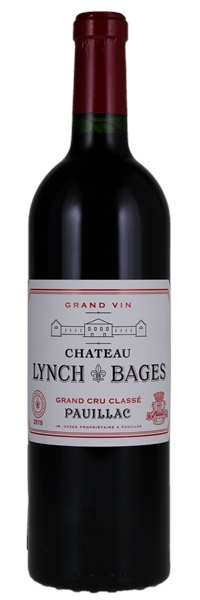Light label condition issue
Removed from a temperature and humidity controlled wine cellar

Image above is an example. To view the image of the lot, click the item number.
Estimate
What incredible precision and clarity here. Currants, mineral, mint and lead pencil. Full body, with super refined tannins and a long, long finish...just builds on the palate.
It is a massive Lynch Bages, full-bodied and very 1989-ish, with notable power, loads of tannin, and extraordinary concentration and precision.
The iron-laced grip and pleasantly austere plum pit and licorice snap accents fill in on the tar-tinged finish. Great range, character and typicity. If you ever need to explain Pauillac to someone, give them this.
Classic Pauillac aromas and flavors of cassis, black cherry, menthol, minerals and licorice lifted by a violet topnote. Intensely flavored and sharply delineated, with terrific fruit intensity to support its very bright acidity.
Intense cassis purity. Bags of fruit filling out all those fine tannins. Firm, dense, chewy and alive.